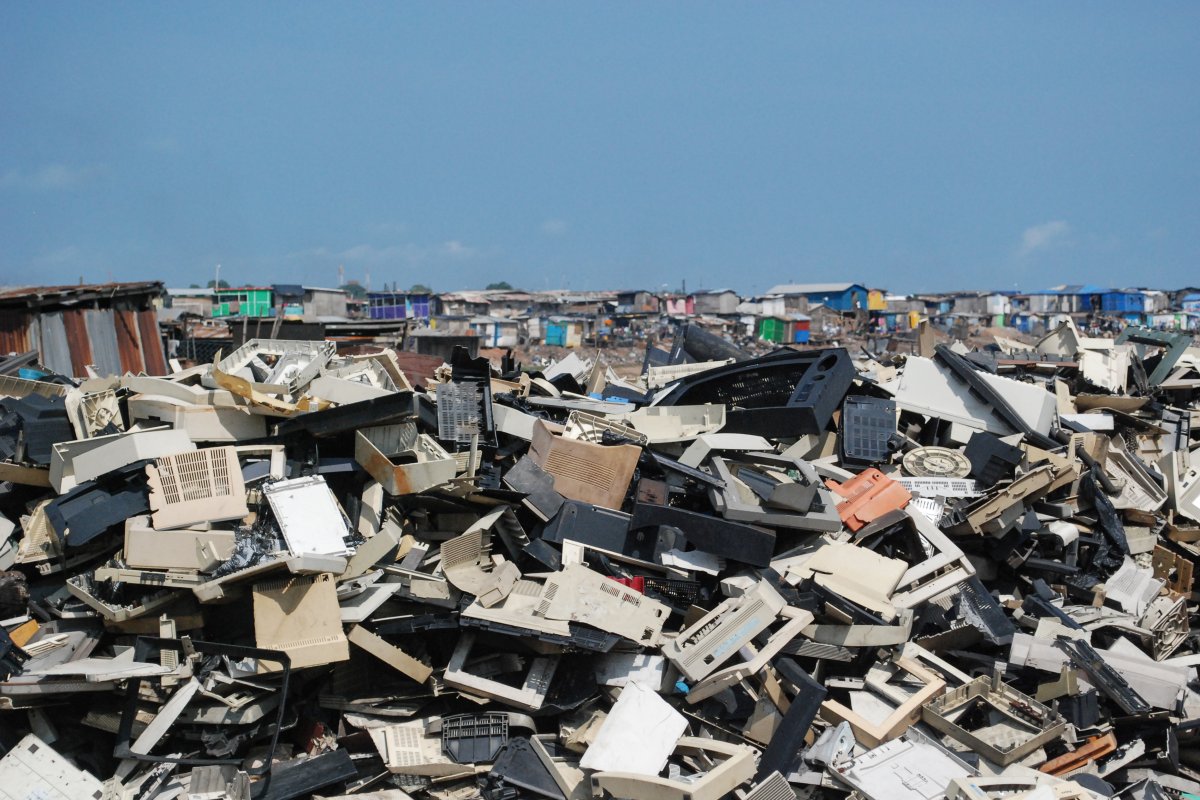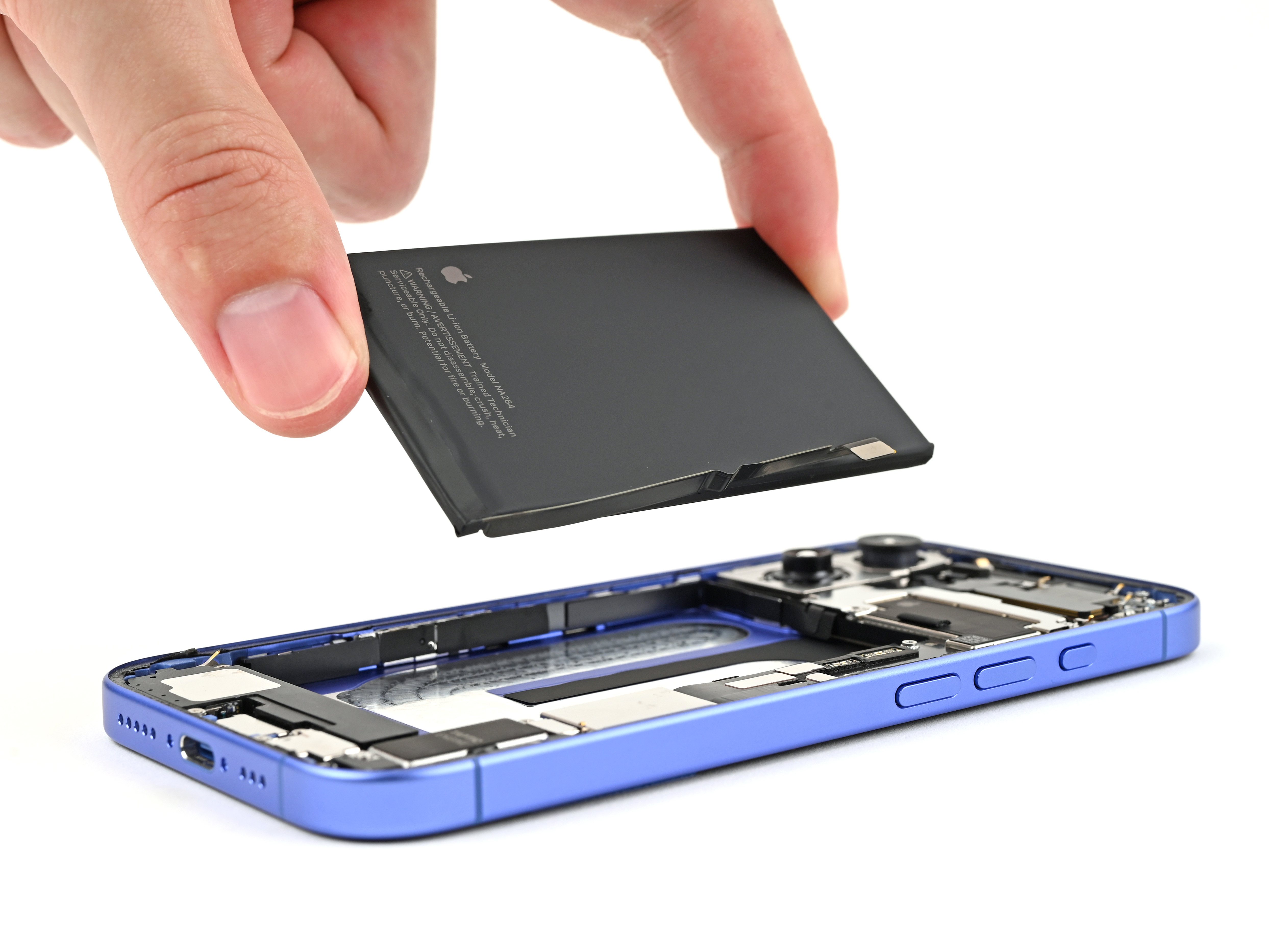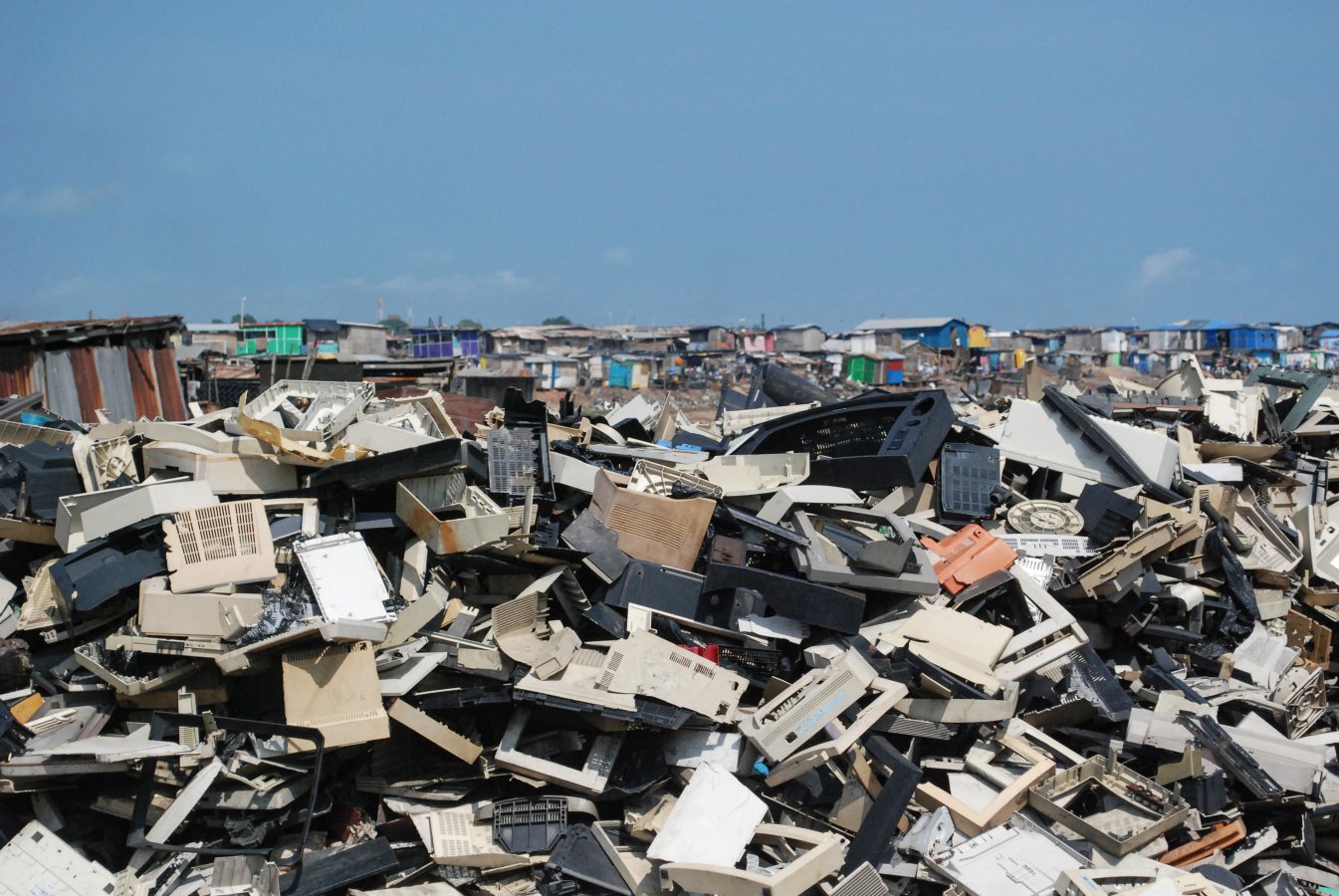Many top electronics manufacturers are embracing repairable design, and for good reason. From mining to end-of-life disposal, our devices carry a huge environmental impact that can’t be completely remedied with recycling or other similar initiatives.
Supporting repairability isn’t just great for the planet, it also makes good business sense.
- Aftermarket repair services can offer stable revenue and higher margins than sales of new equipment.
- Ads based on sustainable practices, like repair, can lead to increased sales.
- Sustainable practices, like repair, build brand loyalty.
The hidden costs of non-repairable items are usually externalized, but they still exist. And while they may not be costs companies have to pay, they must be paid nonetheless.
The Hidden Costs of Tech
It would take one and a half million trucks to carry all of the e-waste produced globally in 2022 (68 million tons). Those trucks would wrap all the way around the equator. And by 2030, that number is on track to reach 90 million tons.

But long before a device ends up in a landfill, its manufacturing process and regular usage pours CO2 into the atmosphere. (Note that the data at this link and the interactive table below are from France, a country with a particularly green energy mix.) For example, an iPhone 16 will produce 56 kg CO2 and equivalent gases (CO2e) over the course of its life, 80% from the production phase alone.
Going back even one more step, mining the raw materials needed to make smartphones and other electronics is incredibly destructive. For example, an iPhone 6 weighs less than 5 ounces. One estimate states that getting the necessary metals alone requires mining 75 pounds of ore—or the weight of 240 iPhones. That means we would need 15 billion pounds of ore to make the 200 million iPhones sold every year. That’s more than the entirety of the largest Great Pyramid. Literally. (Each iPhone also requires enough cyanide, used to extract gold and other metals from ore, to kill more than 400 people, but that’s just a fun fact for you.)
Besides the mountains of e-waste we make, the clouds of CO₂ we emit, and the tons of earth we move, there’s also a human cost to electronics manufacturing. Most of the world’s cobalt comes from the Democratic Republic of the Congo, where at least 35,000 children (as young as six) work in cobalt mines. From 2010 to 2024, there have been 835 allegations of abuse in mines that produce minerals like cobalt, copper, and lithium.
Rare earth metal mining and refinement also gives us man-made atrocities like “dystopian and horrifying” lakes full of radioactive waste.
What Can Be Done
It’s a sad state of affairs, really, and as our collective demand for electronics goes up, it keeps getting worse. But what if we started to slow down consumption instead of speeding it up? Yes, everyday folks do have some responsibility for making sustainable choices, like keeping their smartphones for five years, then selling them to a refurbisher instead of trashing or even recycling them.


But consumers can only do so much. It’s up to manufacturers to make it possible to keep phones in service for ten years or more. That alone could eliminate 21.6 million tons of CO2e per year. This is certainly a challenge (though doable), but many manufacturers are already stepping up. Here’s what it would take:
- Commit to providing software and security updates for 10 years.
- Make spare parts and repair documentation available.
- Unlock revenue by enabling repair, upgrades, and customization instead of relying on new device sales.
OEMs can make a real difference here. Making devices repairable isn’t just a good look, nor is it simply a consumer demand. It’s a concrete way for companies to significantly reduce the environmental impacts of their business. And it’s not all-or-nothing. Any step in this direction carries real impact.
Recycling Re-examined
Let’s clear one thing up: Recycling isn’t the answer. Sure, it’s one part of a sustainable circular economy, but it should be an absolute last resort. This one statistic is enough to make the case: 0. Yes, 0. That’s the number of smartphones (or any electronic device, as far as we know) that have ever been made entirely from recycled materials.
That’s in part because every electronic device you own contains rare earth metals, which are “inherently not very recyclable.” And, because of the costs associated with disassembling devices then isolating the rare earth metals, it’s not economically viable.
For instance, only between 48% and 64% of the total mass of metal in a phone is recovered. A mere 1% of critical metals, including rare earths, make it from electronics waste back into new products. Even when metals can be extracted, many of them have functional recycling rates of under 50%—meaning the important properties of the metal are lost, so they can’t be reused.
Still, recycling can help reduce the environmental impact of mining, especially as recycling technology continues to improve. But it does nothing to address the impact of manufacturing, transportation, or warehousing. And recycling itself is often energy intensive and sometimes involves chemical processes with toxic byproducts.
The most environmentally-friendly device you can ever get, from smartphones to toasters, is the one you already have. Manufacturers that enable repair and extend support for their devices have the opportunity to be true pioneers in sustainability.
Repair Is the Way
Keeping devices in service for 50% longer reduces the annual number of replacements needed by a third. Doubling their lifetime slashes replacements needed in half. This leads to obvious environmental benefits: less mining, lower carbon emissions, and fewer devices in landfills, leaking toxic chemicals into our environment.
But the benefits also extend to manufacturers’ bottom lines, especially for those who are willing to imagine a better future for everyone by supporting and promoting repair over replacement. Every repair is an opportunity for new revenue through parts sales, device upgrades, service programs, and more. Repair also builds brand loyalty through years of reliable device performance. As if that’s not enough, comprehensive repair support also ensures manufacturers will comply with existing and forthcoming Right to Repair legislation.
A separate study focused specifically on repairing smartphones found that keeping a phone for seven years can reduce the device’s global warming potential (GWP) by 44%. From a hardware perspective, that’s doable for many current products. The phone will require 2-3 battery replacements, it will likely need its screen replaced at least once, and it may need another repair like a camera or charging port replacement. All of these repairs can be completed for many phones by a repair tech or a properly-equipped user.

Yet another study commissioned by Microsoft and focused on laptops found that enabling repair over replacement could reduce greenhouse gas emissions by up to 92%.
People send perfectly usable or fixable devices off to be recycled (that is, pulverized) every day. Of 599 electrical devices tested at one recycling center, at least 46% were immediately reusable or repairable, with many more able to be repaired with some effort. If these devices could be refurbished and put back on the market, there could be significant reductions in both the amount of demand for new production and the generation of e-waste.
So What?
It’s true that part of the responsibility of making environmentally sound choices falls on consumers. They’re the ones who ultimately must choose to repair their stuff and keep it longer.
But manufacturers bear most of the responsibility here. Some practices like restricting access to parts, using proprietary screws, and pairing parts to devices (despite recent improvements) significantly impede options for repair. Of course, there are some practical, good-faith reasons for these. But even if well-intended, these choices harm consumers and the planet.
Instead, manufacturers can make repairability part of the expected experience of owning a product. They can design for repairability from the start. They can make repair options accessible. When repair is easy and available, consumers will pick it. And the whole planet benefits.
Do you work for an OEM and want help making the case for setting up a repair ecosystem? We’d love to help.





crwdns2944067:00crwdne2944067:0